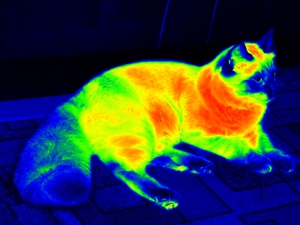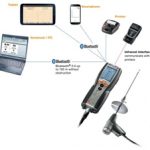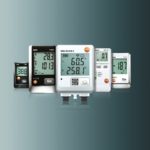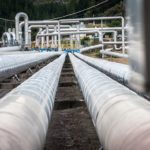Thermal imaging equipment has many applications in the contracting and construction industries, enabling tradespeople to make significant safety and productivity improvements.
But despite the versatility of this high-tech tool, few people actually understand the science behind thermography.
What is thermography?
Thermography essentially refers to the practice of measuring the amount of heat being generated in a certain place.
Thermal imaging cameras can analyse an area of space and determine spots where abnormal heat is being created. This can then be reflected through an image which is colourised based on varying degrees of temperature.
Many industries utilise thermography. The medical profession has often used thermography in order to analyse body heat and determine if a patient is suffering from any hidden ailments.
Thermal imaging is also used by hunters and the military in the form of night vision cameras that enable a user to detect movement and body heat even in pitch darkness.
However, perhaps the industry where thermography is put to the greatest use is construction and maintenance. Thermal imaging can be used to detect leakages, cold spots and hidden connections that would be difficult or time-consuming to identify manually.
How does thermography work?
The science behind thermography is surprisingly simple. First, it is important to understand that any object that emits heat also puts out infrared radiation, which is invisible to humans but detectable by specialised tools.
In the same way that a regular camera works by converting visible light into an image, a thermal imaging camera works by converting infrared radiation into a picture.
Infrared radiation does not show colour in the same way as visible light. However, thermal imaging cameras automatically convert black and white images into colourised pictures based on preset configurations.
Higher concentrations of radiation are reflected in contrasting colours to areas of lower radiation, making it easy to detect hot spots.
Modern thermographic cameras have come a long way since the first early prototypes emerged in the early 20th century. Today’s devices are efficient, reliable and affordable, making them the ideal tool for those in the construction and contracting industries.









 Reduce cooking oil costs while ensuring quality
Reduce cooking oil costs while ensuring quality Expert knowledge on CO2 monitoring
Expert knowledge on CO2 monitoring Refrigeration knowledge - in 3 modules
Refrigeration knowledge - in 3 modules



